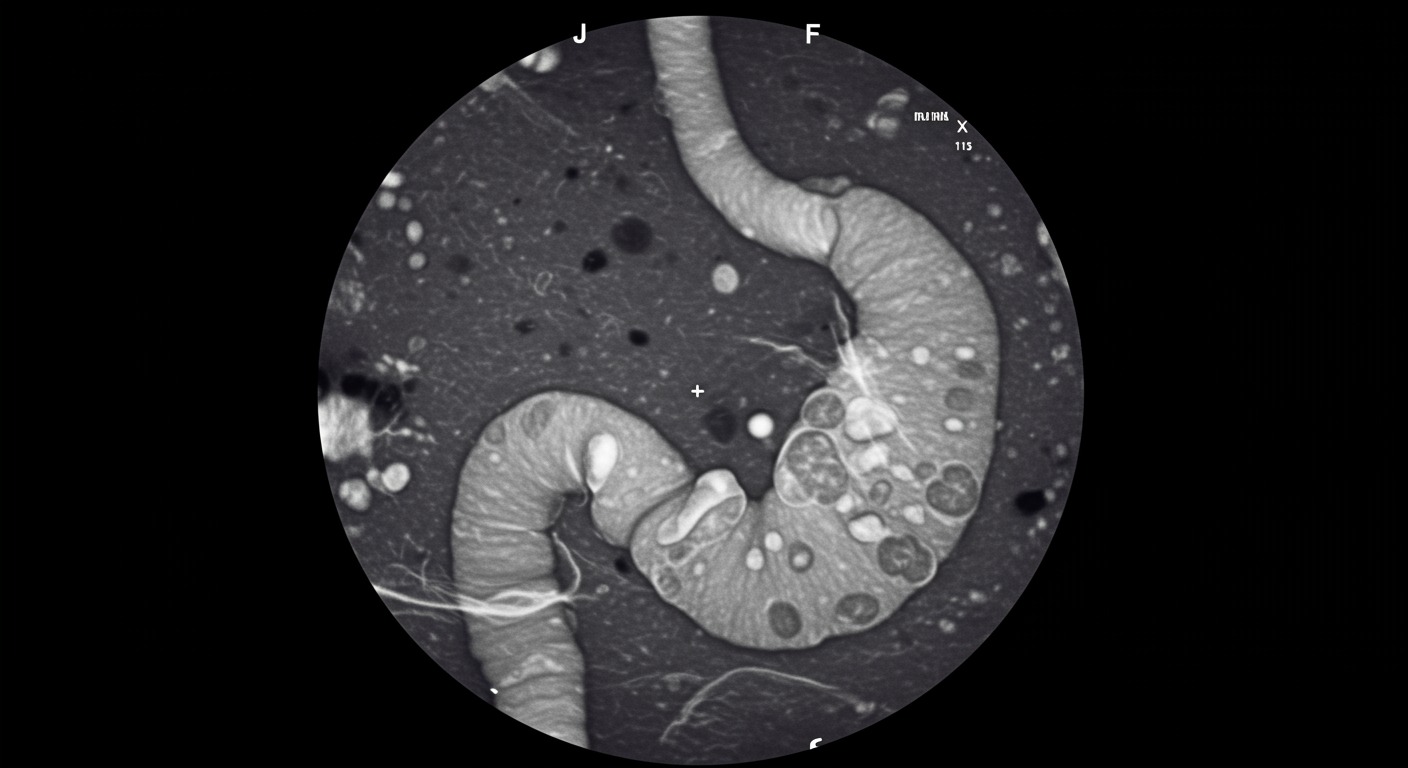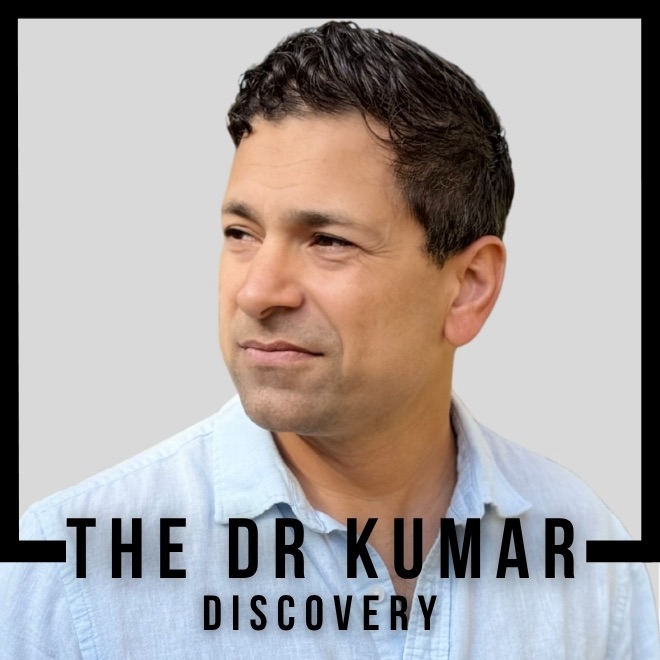Can Large PPI-Induced Gastric Polyps Actually Disappear?
Yes, even large proton pump inhibitor-induced gastric polyps can completely regress within as little as 2 months after PPI discontinuation, as demonstrated in these remarkable case reports. This rapid regression occurs because PPI-induced polyps are primarily hyperplastic responses to chronic hypergastrinemia rather than true neoplastic growths, allowing them to resolve quickly once the underlying stimulus is removed.
Dr. Kumar’s Take
These cases are remarkable because they show just how reversible PPI-induced changes can be. Even large polyps that might seem concerning can completely disappear in just 2 months - that’s incredibly fast for any tissue change in the body. This reinforces that PPI-induced polyps are fundamentally different from other gastric polyps. They’re essentially an overgrowth response to chronic gastrin stimulation, not true tumors. This gives us confidence that when PPI discontinuation is possible, even dramatic-looking polyps can resolve completely.
What the Research Shows
This case series documented two patients with large PPI-induced gastric polyps (>2 cm) who achieved complete polyp regression within 2 months of proton pump inhibitor discontinuation. The cases included detailed endoscopic documentation and histological analysis to confirm both the PPI-induced nature of the polyps and their complete resolution.
The research demonstrates that even large, concerning-appearing polyps can undergo rapid and complete regression when the underlying hypergastrinemia is addressed through PPI cessation.
How This Works (Biological Rationale)
PPI-induced gastric polyps develop as a hyperplastic response to chronic hypergastrinemia caused by long-term acid suppression. Elevated gastrin levels stimulate gastric mucosal growth and glandular hyperplasia, leading to polyp formation. These polyps are fundamentally hyperplastic rather than neoplastic.
When PPIs are discontinued, gastrin levels normalize relatively quickly, removing the growth stimulus. The hyperplastic tissue then undergoes regression through reduced cell proliferation and possible apoptosis, allowing even large polyps to resolve completely within weeks to months.
Results in Real Numbers
- Complete regression time: 100% polyp resolution within 2 months of PPI discontinuation
- Polyp size: Both cases involved polyps >2 cm in diameter
- Regression rate: Complete disappearance rather than partial reduction
- Endoscopic confirmation: Serial endoscopy documented complete resolution
- Histological findings: Confirmed hyperplastic nature without dysplasia
- Gastrin normalization: Serum gastrin levels returned to normal range after PPI cessation
Safety, Limits, and Caveats
These cases represent a small number of patients and may not be representative of all large PPI-induced polyps. Individual factors such as duration of PPI use, patient age, and genetic factors could influence regression rates and timing. The cases also involved patients who could safely discontinue PPI therapy.
Additionally, not all gastric polyps in PPI users are necessarily PPI-induced, and proper histological evaluation is essential to distinguish hyperplastic from neoplastic lesions.
Practical Takeaways
- Consider PPI discontinuation as a therapeutic option for large PPI-induced gastric polyps when clinically appropriate
- Expect rapid regression (within 2 months) for true PPI-induced hyperplastic polyps
- Use serial endoscopy to document polyp regression after PPI cessation
- Ensure proper histological evaluation to confirm hyperplastic rather than neoplastic nature
- Weigh the risks and benefits of PPI discontinuation based on individual patient factors
- Consider these cases when counseling patients about the reversibility of PPI-induced changes
Related Studies and Research
- Fundic Gland Polyps: Should My Patient Stop Taking PPIs?
- Trends in Use of Proton Pump Inhibitors Among Adults in the United States
- Pharmacology of Proton Pump Inhibitors
- Acid Secretion and the H,K-ATPase of Stomach
- Episode 25: The Great GERD Mistake - How Medicine Made Heartburn Worse and How to Fix It
FAQs
How quickly can large PPI-induced polyps disappear?
These cases demonstrate complete regression within 2 months, though individual timing may vary based on polyp size, duration of PPI use, and patient factors.
Are all gastric polyps in PPI users reversible?
Only true PPI-induced hyperplastic polyps are reversible - proper histological evaluation is needed to distinguish these from other polyp types.
Is it safe to discontinue PPIs to treat polyps?
PPI discontinuation should only be considered when clinically appropriate and safe, with careful assessment of the underlying indication for PPI therapy.
How can doctors tell if polyps are PPI-induced?
PPI-induced polyps typically have characteristic histological features (hyperplastic, cystic changes) and occur in the setting of long-term PPI use with elevated gastrin levels.
Will polyps come back if PPIs are restarted?
Yes, PPI-induced polyps typically recur if PPI therapy is resumed, as the underlying hypergastrinemia stimulus returns.
Bottom Line
Even large PPI-induced gastric polyps can undergo complete regression within 2 months of proton pump inhibitor discontinuation. This rapid reversibility reflects their hyperplastic rather than neoplastic nature and supports PPI cessation as a therapeutic option when clinically appropriate.


